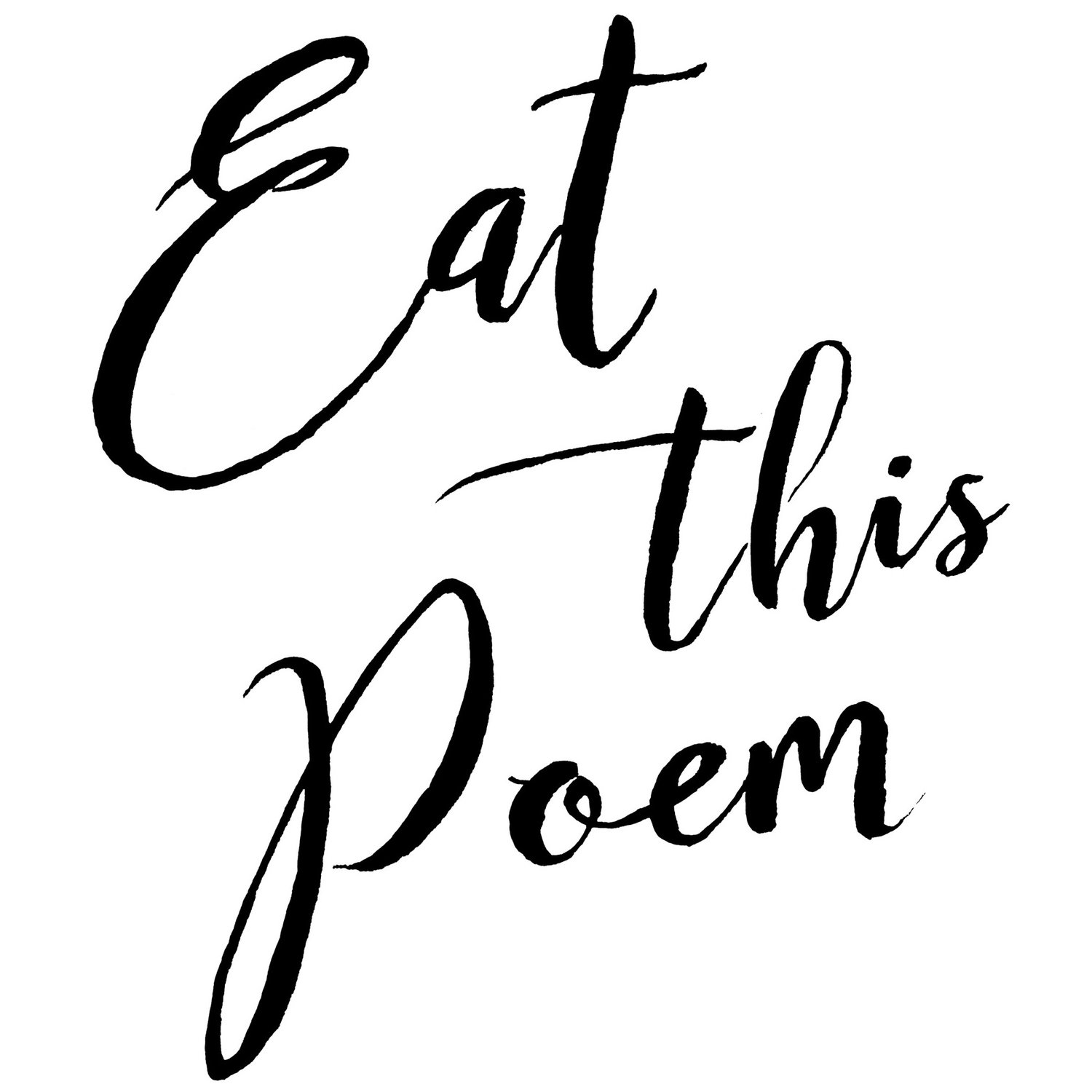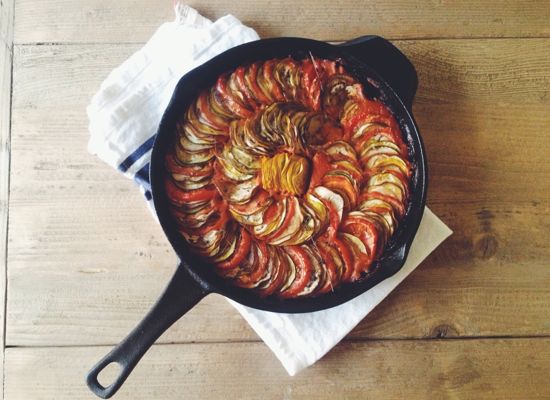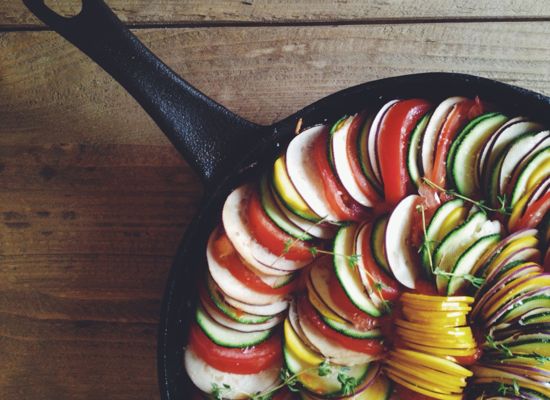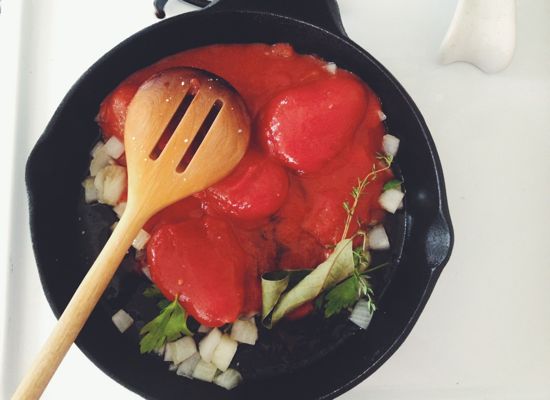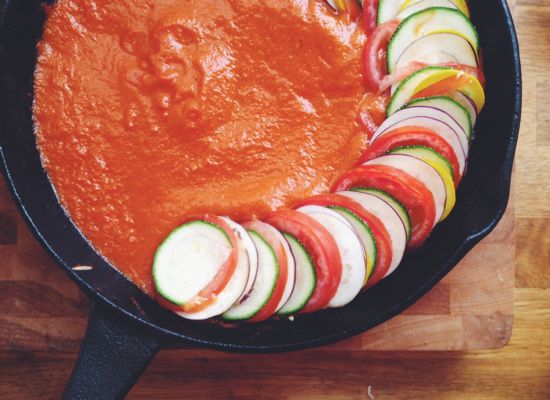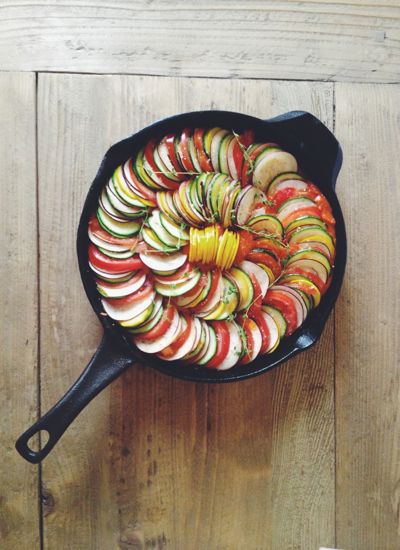This post is sponsored by UncommonGoods, an online marketplace offering creatively designed, high-quality merchandise at affordable prices. (Bonus: $1 of every purchase is donated to one of several charities including City Harvest, an organization working to end hunger in New York City.)
When the November food magazines begin their long-awaited arrival in my mailbox, there's no denying that the season has changed. September is easier to swat away. Long, warm nights still linger for a few weeks, but October brings wind and rain with its sunshine, and the glazed turkey on the cover of Food & Wine Magazine only confirmed it. Holiday season is upon us. That means the long string of social engagements like office parties, dinner parties, and family gatherings will carry us through until the new year.
You might not be ready to make resolutions just yet, but if you're looking for a stress-free way to entertain, I have a suggestion. This post is also filled with thoughtful gift ideas for the many friends who will welcome you into their homes in the coming months. Cheers to the season!
Why You Should Start a Supper Club
Sometimes when we care about food so much, we can forget how to relax around it. Dinner parties become stressful endeavors where we feel the need to impress everyone, make something fancy, or at the very least, prove there's a reason why we write a blog about the meals we eat. If you're a guest, there's pressure to bring the right gift to show our appreciation. All the self-induced pressure can be debilitating, and might even convince you not to invite people over.
Earlier this year, a friend of a friend suggested we start a supper club with some rules that would make hosting a dinner party easier than ever. The following guidelines have served us well for the past six months, and I hope they'll inspire you to consider starting your own dinner party circuit, even amidst the busy holiday season.
If you're still not convinced, W.H. Auden should help you tune in to the challenges of maintaining friendships, and why nourishing them with food is the best course of action.
“Easy at first, the language of friendship
Is, as we soon discover,
Very difficult to speak well, a tongue
With no cognates, no resemblance
To the galimatias of nursery and bedroom,
Court rhyme or shepherd's prose,
And, unless often spoken, soon goes rusty.
Distance and duties divide us,
But absence will not seem an evil
If it make our re-meeting
A real occasion. Come when you can:
Your room will be ready.”
-from “For Friends Only,” About The House
Supper Club Guidelines
1. Three
couples. Not too big, not too small.
2. Monthly dinners; host couple rotates. Every-other month works, too.
3. The host couple provides main course and sides; remaining couples bring appetizers and dessert.
4. Every couple brings a bottle of wine.
5. Before everyone leaves, put your next meal on the calendar and divvy up who is bringing what.
6. Themes are optional. If you're planning something specific for the main course, like Greek food, it would be worthwhile to tell your fellow diners so they can tailor appetizers and desserts accordingly.
7. Address diet restrictions. Find out any restrictions ahead of time so everyone can plan accordingly. Also, if your dairy aversion was temporary (e.g., your cleanse is over) tell the group. Ditto for real allergies or sensitivities.
8. Make it kid friendly. Babysitters are hard to come by, and if you don't let kids join the fun, you probably won't see you friends as often.
Hostess Gifts for the Holidays
When you're a guest, don't fret about what to bring to your boss's brunch or your sister-in-law's Saturday night cocktail party. Stock up on ideas like the ones below, and you'll be prepared all season long.
